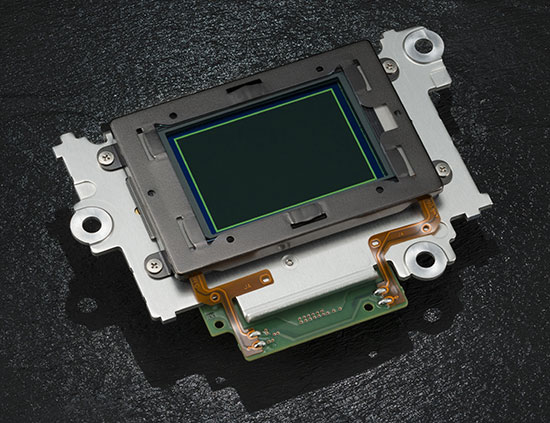I have noticed a lot of discussions about a high MP Z8, interest in a Z9-lite APS-C camera, ...
For those interested in these cameras, what resolution would you like to see. Keep in mind that an FX camera has 2.25 x the area as a APS-C camera, hence 47 MP FX camera would give a 21 MP DX crop. If Nikon made a 30 MP APS-C camera, that would an equivalent sensor "spacing" as a 67 MP FX camera.
As we all know as we increase MP, diffraction limits have a lower aperture values (lower F numbers) and S/N decreases. As point of reference the Canon R7 is 32.5 MP with a 1.6 crop. That is equivalent to roughly the same sensor density as an 83 MP FF camera.
For those interested in these cameras, what resolution would you like to see. Keep in mind that an FX camera has 2.25 x the area as a APS-C camera, hence 47 MP FX camera would give a 21 MP DX crop. If Nikon made a 30 MP APS-C camera, that would an equivalent sensor "spacing" as a 67 MP FX camera.
As we all know as we increase MP, diffraction limits have a lower aperture values (lower F numbers) and S/N decreases. As point of reference the Canon R7 is 32.5 MP with a 1.6 crop. That is equivalent to roughly the same sensor density as an 83 MP FF camera.



